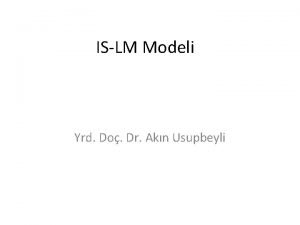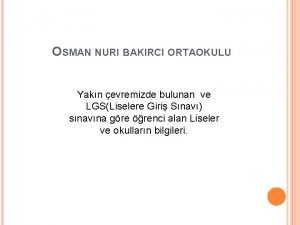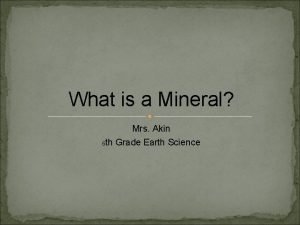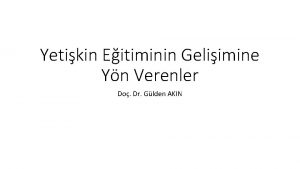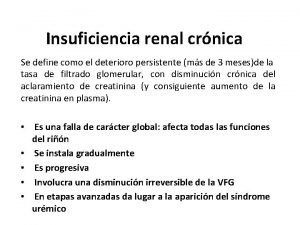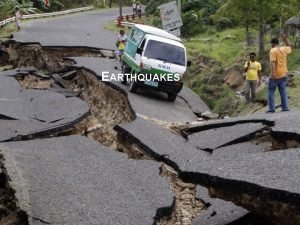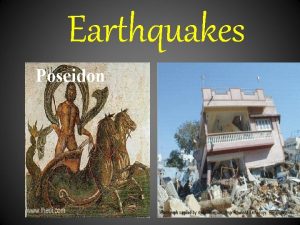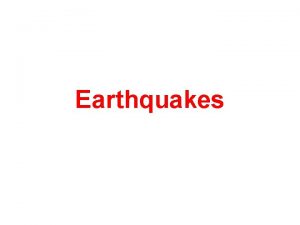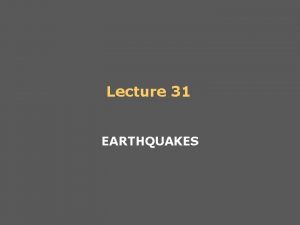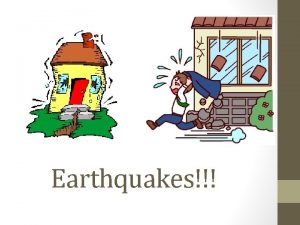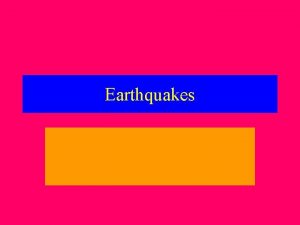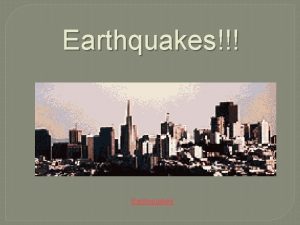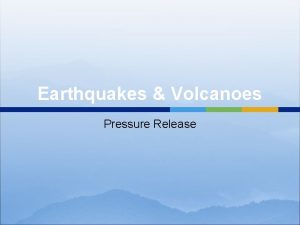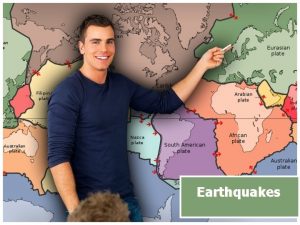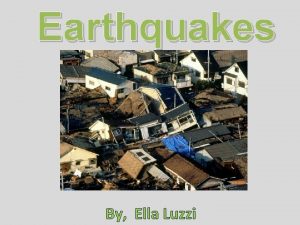th 6 Grade Earthquakes Mrs Akin Earthquakes How
















- Slides: 16

th 6 Grade Earthquakes Mrs. Akin

Earthquakes • How does the energy of an earthquake travel through Earth? • What are the scales used to measure the strength of an earthquake? • How do Scientist locate the epicenter of an earthquake? • What are some very active and dangerous faults?

What is an Earthquake? • An earthquake is the shaking that results from sudden movement of rock along a fault. • A fault is a break or crack in Earth’s lithosphere along which the rocks move. • The forces of plate movement causes the earthquakes;

Earthquakes • Focus—is the area beneath earth’s surface where rock that is under stress breaks, triggering an earthquake. • Epicenter—the point on the surface directly above the focus

Types of Seismic Waves • Seismic waves carry energy from an earthquake away from the focus, through Earth’s interior, and across the surface.

Seismic Waves • Seismic Waves – are the waves of energy caused by the sudden breaking of rock within the earth or an explosion. They are the energy that travels through the earth and is recorded on seismographs

Types of Seismic Waves • There are two types of seismic waves: • A. Body waves • 1. P waves • 2. S waves • B. Surface waves

P waves • Are Primary waves– The waves that come first. • They compress and expand the ground • They can damage buildings and move through solid and liquid.

S waves • • • Secondary waves Vibrate from side to side Shake the ground back and forth They shake structures violently Unlike P waves, it can’t move through liquids.

Surface Waves • When P and S waves reach the surface, they become surface waves • Surface waves are the most damaging

Measuring earthquakes • How are Earthquakes Magnitudes measured? • 1. The Richter Scale • 2. The Mercalli Scale

The Richter Scale • The Richter Scale assigns a magnitude number to an earthquake based on the size of the seismic waves. • It uses an instrument called a Seismograph that records and measures seismic waves. • It provides accurate measurement for small, nearby earthquakes, but doesn’t work well for large or distant earthquakes

The Mercalli Scale • To rate according to the intensity or strength of the earthquake. • This scale isn’t considered as scientific as the Richter scale because this scale uses the observations of the people who experienced the earthquake to estimate its intensity.

Locating the Epicenter • Geologists use seismic waves to locate an earthquake’s epicenter.

The Seismograph • Seismic waves cause the seismograph’s drum to vibrate. But the suspended weight whit the pen attached moves very little. Therefore, the pen stays in place and records the drum’s vibrations.

Living in Georgia • .
 Savaşçı 20
Savaşçı 20 Indice urinario
Indice urinario Akın usupbeyli
Akın usupbeyli Azem yükseloğlu anadolu imam hatip lisesi taban puanı
Azem yükseloğlu anadolu imam hatip lisesi taban puanı Galaktokinaz
Galaktokinaz Akin minerals
Akin minerals Akın mergen
Akın mergen Lucas kritiği
Lucas kritiği Stadializare brc
Stadializare brc Kriteria akin
Kriteria akin Doç dr gülden akın
Doç dr gülden akın Injuria renal aguda akin
Injuria renal aguda akin Akim camara
Akim camara Oliguria poliuria anuria
Oliguria poliuria anuria Mrs. darling was ___________ of mrs. s.
Mrs. darling was ___________ of mrs. s. They are mrs garcia and mrs castro
They are mrs garcia and mrs castro They are mrs garcia and mrs castro
They are mrs garcia and mrs castro


